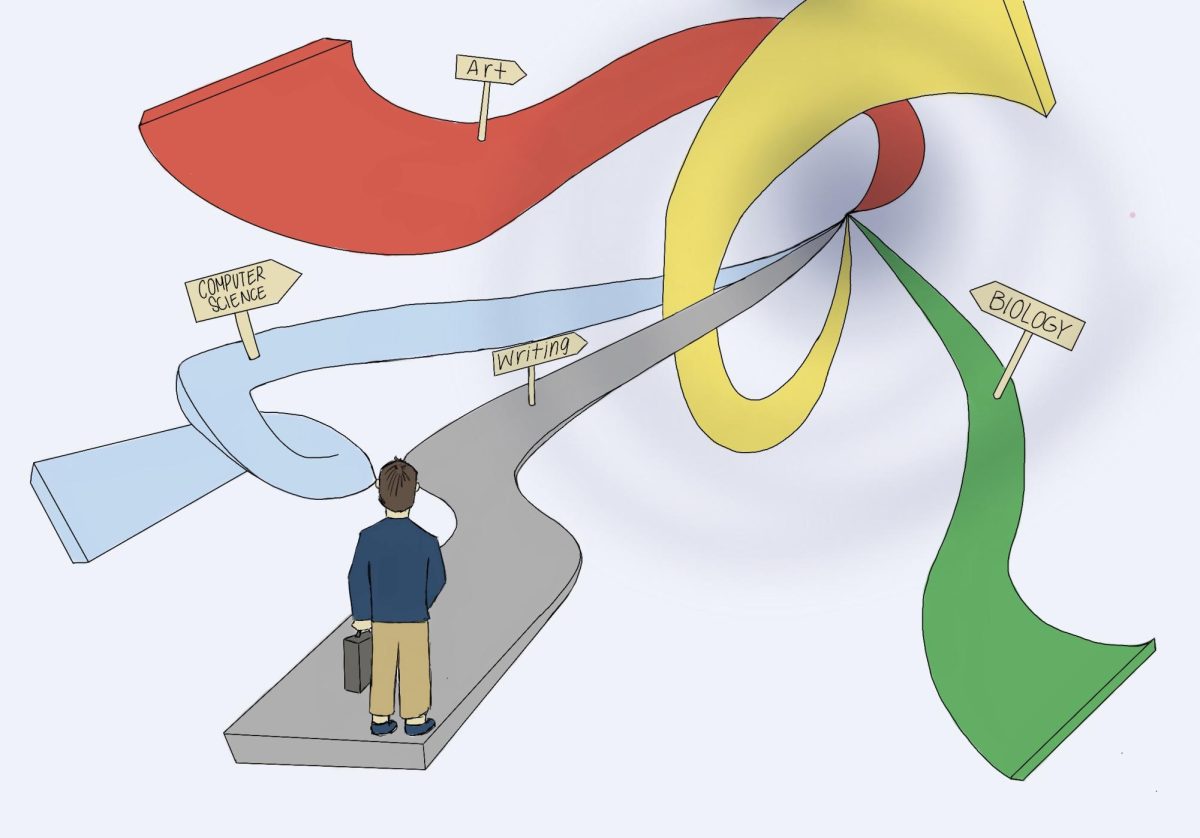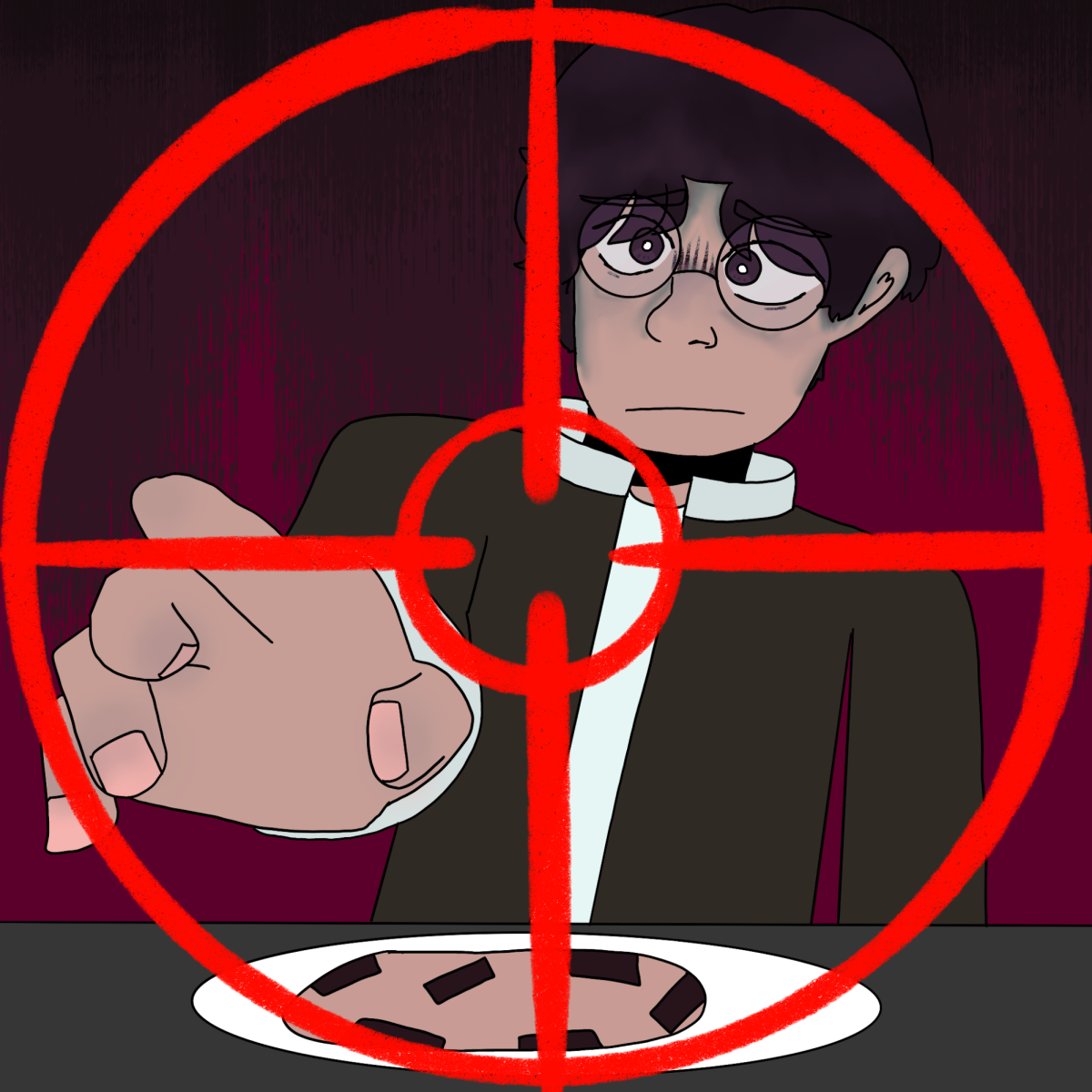Drunk Elephant Bronzi drops. Summer Fridays’ Lip Balm. Denim maxi skirts. Shopping hauls and new wardrobes. Teenagers tend to gravitate towards these fashion and beauty trends as they aspire to achieve the “grown-up” look. However, this desire to be a part of trends feeds into consumer culture, the very thing that Gen Z denounces.
Living in a digitized age where social media is at the forefront of entertainment and communication, teens’ day-to-day lives have been becoming increasingly revolved around it, and more specifically, TikTok. The app has been known for alluring youth through its short, captivating videos, driving them to consume content like never before. Nevertheless, this has also led to the profound impact of teens becoming easily influenced by what they see online, especially with fashion and beauty trends.
With the popularization of GRWMs (Get-Ready-With-Me’s) and the rich-girl shopping haul, the young generation is drawn to this authentic form of content, compelling them to engage in these trends by becoming a consumer themselves and not wanting to feel left out. The introduction of TikTok Shop further contributes to the accessibility of products, allowing teens to quickly view and buy products with a single click. 30-second reviews and flash sales are quite literally exploiting their screen time use, leaving them in this ongoing cycle of clicking and buying.
This addiction to impulse buying is exacerbated by teens’ vulnerability to compare themselves with others. It drives them to go after unhealthy lifestyles of obtaining a certain body shape to essentially not be rejected by this superficial high school society that is dictated by what happens online. Their self-esteem and body image becomes closely tied to how they keep up with the latest trends, and if they fail to do so, feelings of inadequacy may form.
However, teens need to “break free” from this obsession of buying the newest, fashionable product since it is taking advantage of their wallets.
This unethical practice of jumping between trends has severe consequences on mental health as well. Our self-esteem, body image, and most importantly, self-worth are being defined by the items in our closet. While it is acceptable to treat yourself to some new product that fascinates you, this repeated habit can snowball into feelings of emptiness and resentment towards yourself. The constant desire to keep up with these trends triggers the psychological effects of having worsened anxiety and depression issues and internally feeling insecure about yourself. The mental, emotional and financial burden spent on buying new products eventually catches up and leaves you to be disconnected and absent in other aspects of your life.
However, consumerism not only has negative, personal implications but for the environment as well.
Rapidly rising trends perpetuate fast fashion as we mass-purchase products. Manufacturers, who look for inexpensive ways to produce goods, also contribute to environmentally harmful practices as they make use of the textile industry, responsible for water pollution. Cheap prices entice teens, who are still figuring out their style, which further feeds into the overconsumption culture. Most of what they buy ends up being pushed to the back of their closets after being used only once.
Gen Z being the “eco-conscious” generation that has brought attention to the detrimental impacts of the environment has become inconsistent from what they believe to what they do. From preaching about greater sustainability, there is a lack of reflection on their own consumer behavior, which raises skepticism about their commitment to the environment. This, in turn, undermines advocacy efforts and leads to future adolescents being less conscious about the decisions they make.
Though trendy products look appealing to buy, we simply cannot continue with re-updating our wardrobes over and over again. Instead, we should begin to erase our personal ties to brands and our self-esteem by shifting our focus to a mindful approach to how we purchase items. Before buying something, ask yourself, “Do I really need this?” and if so, what purpose would it serve and how many times do you see yourself using it? We need to center ourselves back so that we don’t become consumed with trivial trends and leave a negative precedent for future generations.








